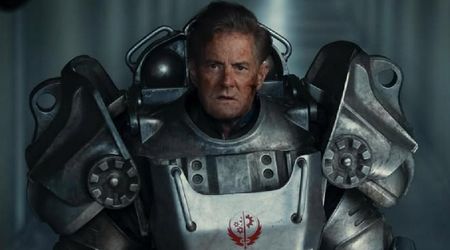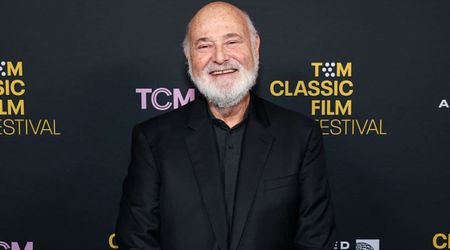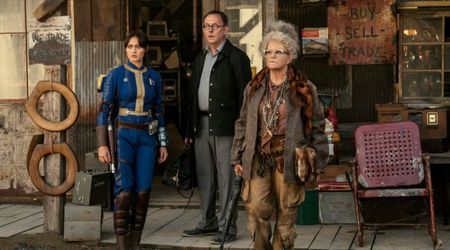'The Protector': How Istanbul's unique history helped the Netflix Turkish original build a fascinating myth

Spoilers for Season 4 of 'The Protector'
Netflix's first Turkish original series came to an end in July 2020 after four seasons. The series followed protagonist Hakan Demir (Çağatay Ulusoy), a 20-something shopkeeper and part-time con artist, in the first season. His life changes after his adoptive father, Neset, is killed. Hakan then meets 'The Loyal Ones', Kemal (Yurdaer Okur), and Zeynep (Hazar Ergüçlü). The Loyal Ones are part of an ancient secret order whose duty is to protect the city of Istanbul from the Immortals. Hakan himself is the Protector, who is the only one who can kill the Immortals and prevent the destruction of the city with his talismanic shirt that gives him mystic powers. The main Immortal who was endangering Hakan and his friends' lives was Faysal Erdem (Okan Yalabık) who was hellbent on bringing his dead Immortal lover, Ruya (Burçin Terzioğlu) back from the dead using Hakan's blood.
The Immortals' history in Istanbul began when the city used to be called Constantinople when it was part of the Byzantine Empire. In fact, Istanbul has such a unique history, going back centuries. That history is reflected in some of the greatest monuments in the history of mankind like the Hagia Sophia and the Basilica Cistern. What works so well in 'The Protector' is that the Turkish series dives into the city's history as the capital of two of the greatest empires in history -- the Byzantine and the Ottoman empires.
For instance, in Season 4, we finally learn how and why the Immortals came to Istanbul. The seven Immortals were sent to Constantinople by the Darkness from their dimension when the Darkness struck a deal with the Eastern Roman emperor, Justinian, who wanted to quash the Nika riots, which took place in the city in 532 CE at the Hippodrome, which people can still visit in the city today. The Hippodrome was the site of chariot races in the city where events sometimes led to violence. "Nika" was a chant the spectators would cry during races and roughly translated to "conquer" or "win."

While Justinian wanted to improve Constantinople, the methods he employed earned the ire of his people, such as high taxes and the employment of overzealous officials who often enacted severe measures. A riot broke out over the extreme strictures employed by one of Justinian's most unpopular officials, John of Cappadocia. The riot was put down with brutal force, many participants were jailed, and those ringleaders that were captured were sentenced to death. This engendered further unrest among the citizenry.
However, on the show, it is stated that Justinian betrayed the Immortals after they helped him defeat the riots and had them entombed in hidden corridors under his cistern. This cistern is also something we can visit and is now known as Basilica Cistern which was built during Justinian's reign. The cistern lies southwest to the Hagia Sophia and provided a water filtration system for the Great Palace of Constantinople and other buildings on the First Hill, and continued to provide water to the Topkapı Palace after the Ottoman conquest in 1453 and into modern times.
The Hagia Sophia itself is featured on the show in the first season and was where the Immortals were kept after they were killed by Hakan's ancestors. The Hagia Sophia has a fascinating history in itself and before the church was built in the 4th century and was believed to have been built on the ruins of a Pagan temple. After the Ottomans conquered Constantinople, the church became a mosque.

We also met another historical figure, Mehmed II, an Ottoman Sultan who conquered Constantinople for his empire after his predecessors had failed to do so on countless occasions. The fourth season also mentions that Mehmed was a poet under the pen name Avni and became a well-known literary figure whose divan (dīvān, collection of a poet’s literary output) still survives.
In the first season, another historical site visited by Hakan is the Mimar Sinan Mausoleum. Mimar Sinan was the chief Ottoman architect and civil engineer for sultans Suleiman the Magnificent, Selim II, and Murad III. He was responsible for the construction of more than 300 major structures like the Süleymaniye Mosque, Şehzade Mosque, and others. Of course, we cannot forget the Grand Bazaar where Hakan's father's shop is located. The Grand Bazaar is one of the oldest and largest covered marketplaces in the world and was constructed during the Ottoman era in the 15th century.
By bringing in the magnificent history of the city and the monuments that still stand, 'The Protector' also helps give a virtual tour of one of the most interesting cities in the world. Istanbul's history dates back to before 1st century AD and history buffs would be thrilled to learn the stories behind these monuments. With the writers building the Immortals' myth around the city's history and monuments, viewers are given an exciting tour of the city's history as well.
All seasons of 'The Protector' are now streaming on Netflix.










